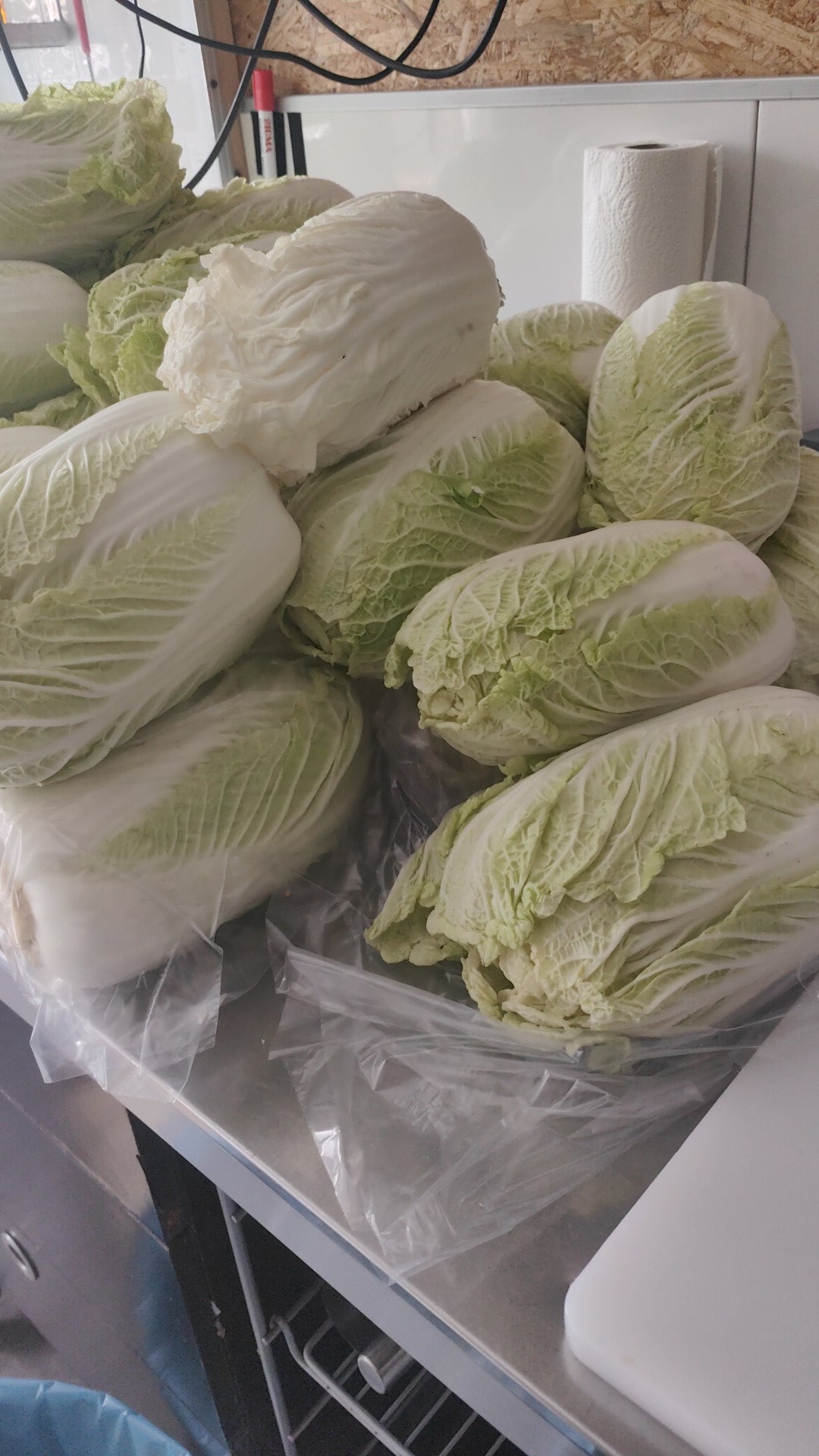Which bacteria are on raw napa cabbage that survive salt water brine to ferment kimchi?
The process of fermenting kimchi involves the growth of various microorganisms, including bacteria, that contribute to its distinct flavors and characteristics. While the specific bacterial composition can vary depending on the fermentation conditions and ingredients used, there are several common bacteria associated with kimchi fermentation.
Lactic acid bacteria (LAB) play a crucial role in kimchi fermentation. They convert sugars present in the cabbage into lactic acid, which helps to create the sour taste and preserves the kimchi. The most common LAB species found in kimchi include:
1. Lactobacillus plantarum: This species is commonly found in fermented vegetables and is well-adapted to the salt-rich environment of kimchi fermentation.
2. Leuconostoc mesenteroides: Another important LAB species in kimchi fermentation, Leuconostoc mesenteroides is known for its ability to produce carbon dioxide, which contributes to the characteristic tanginess and effervescence of kimchi.
3. Weissella species: Certain species of Weissella, such as Weissella koreensis and Weissella cibaria, are commonly present in kimchi. They contribute to the flavor development and texture of the fermented cabbage.
Apart from LAB, other bacteria may also be present in raw napa cabbage and survive the salt water brine during kimchi fermentation. Some examples include:
1. Enterococcus faecalis: This bacterium is often found in kimchi and contributes to its flavor development.
2. Pediococcus pentosaceus: Another species commonly associated with kimchi fermentation, Pediococcus pentosaceus, helps to enhance the overall flavor and aroma.
It's important to note that the bacterial composition of kimchi can vary depending on several factors, such as the specific region, traditional preparation methods, and individual recipes. Additionally, the fermentation process also involves the growth of yeast and other microorganisms, which further contribute to the complex flavors of kimchi.

